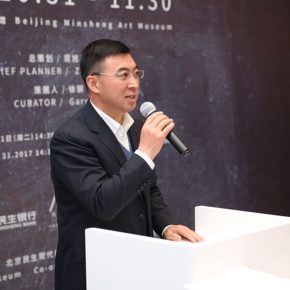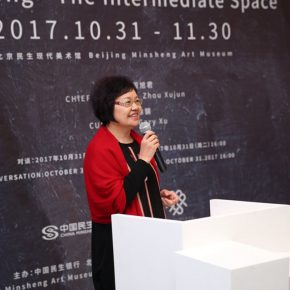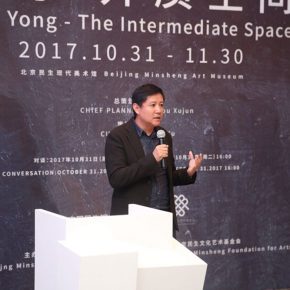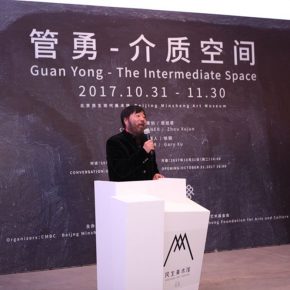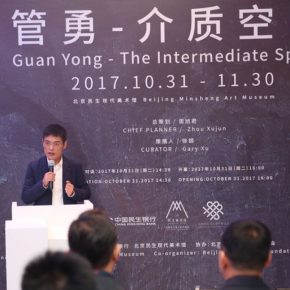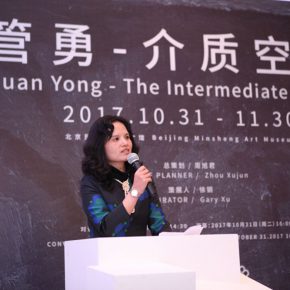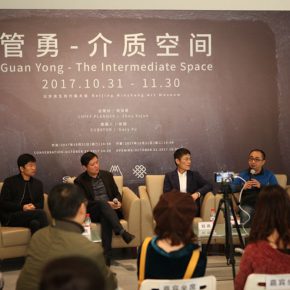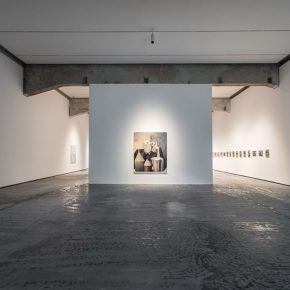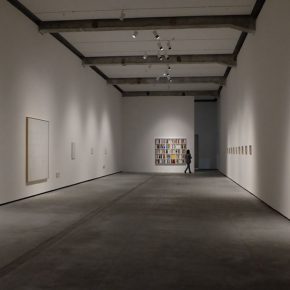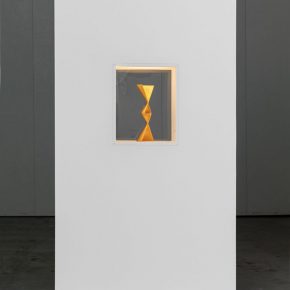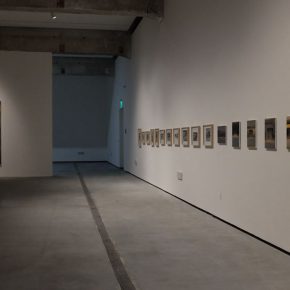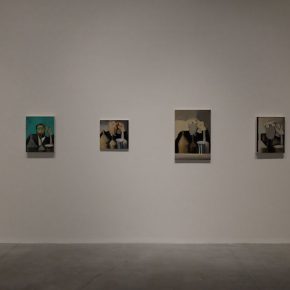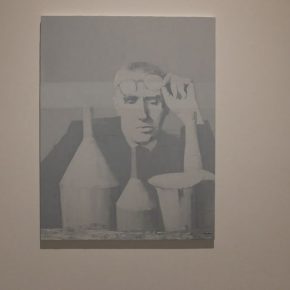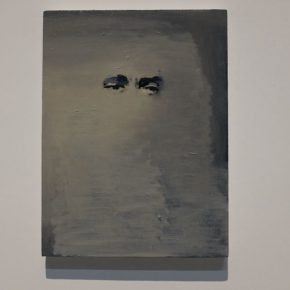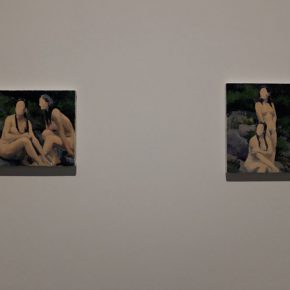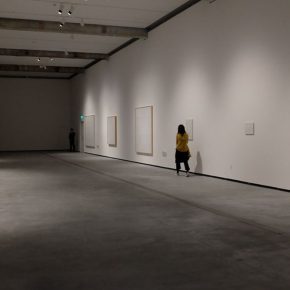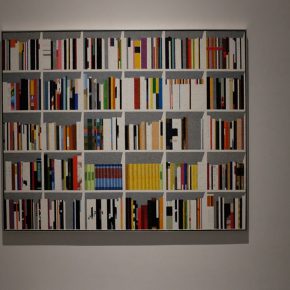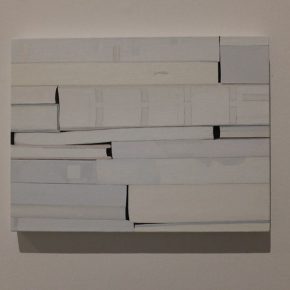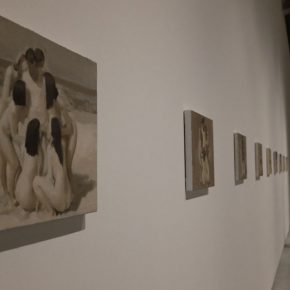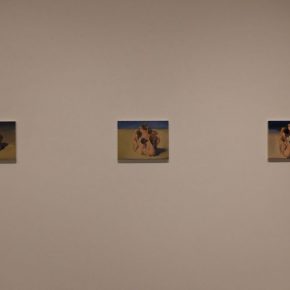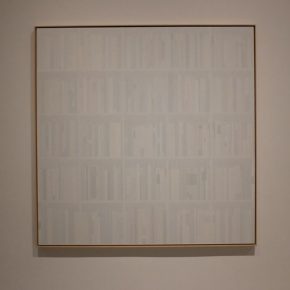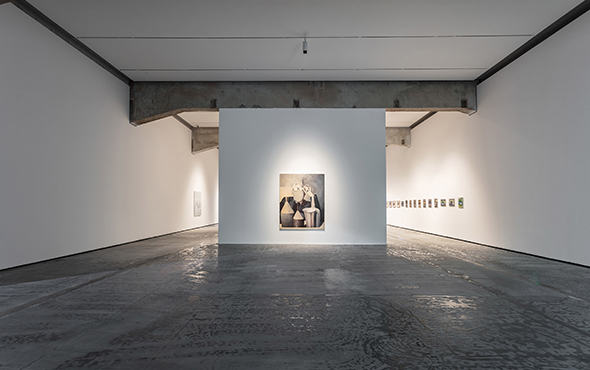
“You cannot demonstrate your own greatness by remaining at one extreme, but by reaching out to both extremes at the same time, and filling the intermediate space.”
– Morandi
At 4:00 pm on October 31, 2017, “Guan Yong – The Intermediate Space” opened at the China Minsheng Bank Art Institution Beijing Minsheng Art Museum. The exhibition is curated by the renowned scholar Gary Xu, and is the latest achievement of the Beijing Minsheng Art Museum “Young Artists” series, which highlights the systematic research and presentation of the artistic creation by the artist Guan Yong over the last 5 years.
The exhibition is entitled “The Intermediate Space”, which is diverted from the well-known quote of the painter Morandi that “you cannot demonstrate your own greatness by remaining at one extreme, but by reaching out to both extremes at the same time, and filling the intermediate space.” Curator Gary Xu believes that these two extremes are understood by Guan Yong as nature and art representation. A good artist can use a strong personal style to connect the two extremes, letting the work be what’s filling in the intermediate space. What Guan Yong has learned from Morandi is that minimalism and a minimalist attitude toward art creation is what makes Guan Yong attempts to touch both extremes of art seem real and Guan Yong thereby has achieved, in his very limited number of paintings, what most of the modern painters cannot: painting becomes an intermediate place, between himself and the spectator, between reality and illusion. All he did was to fill shades of color in this intermediate place, bringing forth a psychological depth and an emotional richness, no matter how seemingly restrained he was. On this theme, artist Guan Yong believes that, painting, as a visual existence, first and foremost must provide an illusion that can be felt. “The meaning system of this illusion must be open-ended, opening up to its spectators. Its very significance and signification lie in the viewer’s own understanding.”
It features a total of 55 paintings & 2 sculptures and the large exhibition hall gives priority to easel paintings. It mainly features the creations by Guan Yong over the past five years, with the contents divided into still life, characters, landscapes, human body, and untitled. Through the creation process, he used images for creation or sketching, Guan Yong said: “no matter what method it is, the contents described by these paintings have a very close relationship with me. For the choices of objects, although the sentiments are different, the common ground is the closeness of my own life.”
Among them, the “Landscape Series” depicts the well-known scenic spots in Nanjing, “Yangshan Stele” – Emperor Chengzu of Ming Zhu Di specially excavated the Shengong Shengde Monument to praise his father Emperor Taizu of Ming Zhu Yuanzhang’s merit, which is called “the biggest monument in the world”. However, this peerless monument was eventually become unused and remains in its original place. Guan Yong visited this monument a few years ago, and by using simple sketching he creates the “Watercolor Sketch” series, and he finished the second creation entitled “Landscape” series which is borrowed from Malevich’s suprematism and references Chuck Close’s color block painting. Malevich and Rothko can basically be regarded as two key nodes of abstract painting in the entire historical process from the beginning to the end in the 20th century, while Abstractism is also the inevitable result of modernism and the sign of fading. Contemporary art has moved from aesthetics to poetics since then. The critic Lei Ming reviewed that, “Sliding between the figurative and abstract forms, Guan Yong built such a small tombstone, which does not only reveal the erratic nature of history, it also becomes an elegy mixed with different historical information.”
In the works, we can see Guan Yong repeatedly drawing the same scene, in addition to the above mentioned Nanjing Yangshan Stele of “Landscape Series” it also features a Morandi-style still life of the “Still Life Series”, erotic scenes of “Human Body Series”, the bookshelf and books subtly and gradually changing the “Untitled Series”. This repetition “is not an image repetition of Pop art as realized by Andy Warhol by the use of screen printing, but repeatedly depicts the same scene created by hand, to make the screen full of subtle and complex changes”, reflecting the superb control of color technique by Guan Yong.
For his own creation, Guan Yong believes that style is a crystallized state growing from the depth of the canvas to the surface and covers the canvas which is a spatial carrier in the painting, which is a growing process of painting, rather than the purpose of painting. So in the eyes of the curator Gary Xu, it turns to a problem of “medium”. By dealing with the invisibility behind the mystery, ambiguity and visibility, Guan Yong has achieved in his very limited number of paintings what most of the modern painters cannot: painting becomes an intermediate place, between himself and the spectator, between reality and illusion. All he did was to fill shades of color in this intermediate place, bringing forth a psychological depth and an emotional richness, no matter how seemingly restrained he was. It remains on view till November 30, 2017.
Text by Lin Jiabin, translated by Chen Peihua and edited by Sue/CAFA ART INFO
Photo by Lin Jiabin/CAFA ART INFO & Beijing Minsheng Art Museum


